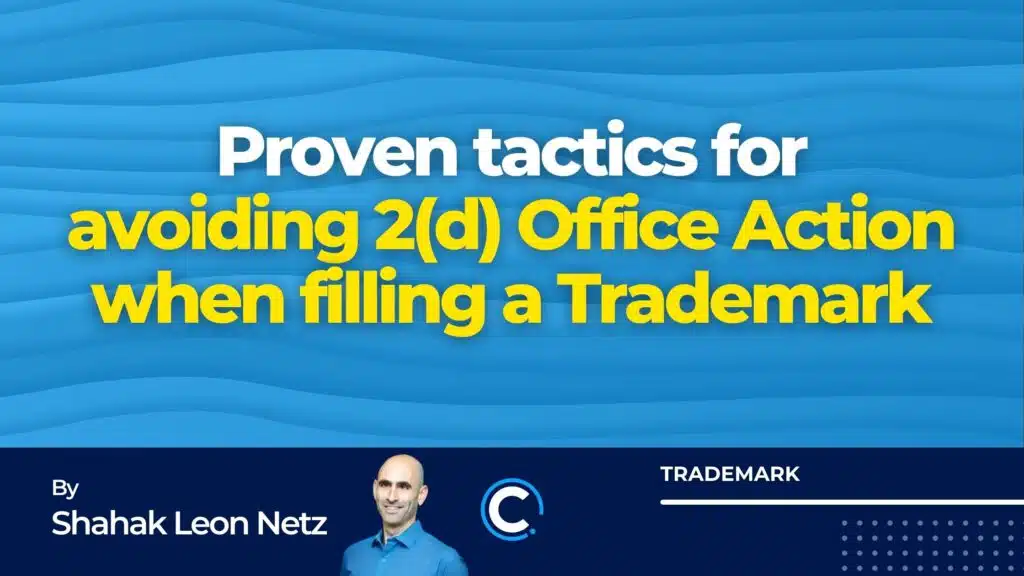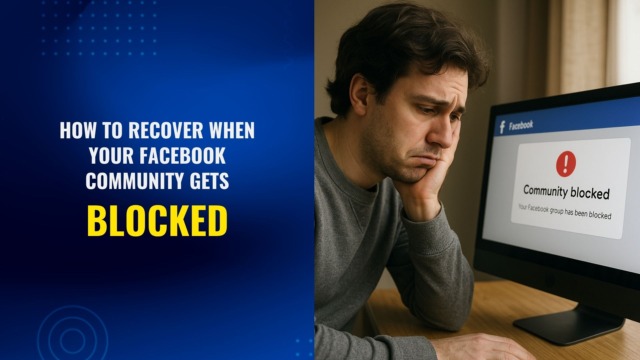
Book a FREE 15-minute consultation with an expert – Book Now
Proven tactics for avoiding 2(d) Office Action when filling a Trademark.

Responding to Section 2(d) Office Actions
After filing your US trademark application, you may encounter various types of office actions from the US Trademark Office (USPTO). Our previous article covered procedural office actions, including disclaimers, goods identification amendments and other technical issues raised by the USPTO.
This article will cover substantive office actions issued by the USPTO, namely citations of similar trademarks that may bar your trademark from registering.
After you file your trademark application, it will be reviewed by a USPTO examiner. The examination will include a search of the USPTO Register to locate marks that are confusingly similar to your application in both the trademark name and the goods/services. This is a subjective decision made by the examiner, and if they feel a prior mark is too close to yours, an office action will be issued citing the prior mark.
Importance of an Availability Search and Choosing a “Good” Trademark Name
Citations of prior marks can be extremely difficult to overcome, and this fact highlights the importance of choosing a good trademark name to begin with, meaning a name that has a good chance to register (see our article on this topic).
Many trademark applicants mistakenly think that choosing a trademark name is like choosing your online store name: for example, your trademark name is Puppy Paw and you find someone is already using this name. So, you decide to add the letter “s” to your mark – Puppy Paws – because no one has that name. Both marks are for pet products. So, this small change would put you in the clear, right? Wrong! The examiner can cite prior marks if they are visually or phonetically similar to your mark. The cited mark need not be identical to bar your trademark from registering. The prior mark may even belong to a different class of goods and could still be cited as a refusal if the products are considered related. So, it is important to consult a trademark attorney before filing your trademark application to assess the chances of registration.
Here’s what a citation refusal looks like:
Section 2(d) refusal – likelihood of confusion with another mark. When reviewing your trademark application, the examiner will search the USPTO database for marks that are similar to your trademark in both name and goods/services. The examiner will issue this refusal if they believe the respective marks may cause consumers to believe your brand and the other brand emanate from the same source.
Formal language used by the examiner when citing a prior registration: “Registration of the applied-for mark is partially refused because of a likelihood of confusion with the mark in U.S. Registration No. XXXXXXX. Trademark Act Section 2(d), 15 U.S.C. §1052(d); see TMEP §§1207.01 et seq.”
“Although not all du Pont factors may be relevant, there are generally two key considerations in any likelihood of confusion analysis: (1) the similarities between the compared marks and (2) the relatedness of the compared goods and/or services.”
How to Respond
Your trademark attorney can file arguments to highlight differences between your trademark and the cited mark, demonstrating why there is no likelihood of consumer confusion. These arguments can include visual and phonetic differences, different meanings in the trademark names, distinguishing the goods under each mark, different price scales for the respective goods, different channels of trade, and other legal arguments.
At times, amending the list of goods by deleting conflicting items or adding a limitation can also increase the chances of overcoming the refusal.
The office action response will likely require supporting evidence and case law to reinforce your assertions. The response is in essence a form of a legal appeal and therefore requires professional expertise.
What if my response gets rejected?
The examiner will review your response and if they are not convinced by the arguments, will issue a Final Action — the citation will be maintained and continued. You will have a further opportunity to submit another response to the refusal. If the refusal cannot be overcome your application will ultimately be abandoned.
Deadline to Respond
You will have 3 months from the date an office action is issued to submit your response or a request for a 3-month extension. If you do not timely submit the response or extension request, the USPTO will issue an abandonment notice for your application.
To conclude, it is important to conduct a professional availability search to avoid a citation refusal in the first place. If your mark was refused due to a citation of a prior mark, you should consult your trademark attorney on addressing the refusal and maximizing your chances to overcome it.
Meta Description:
Understand the importance of an availability search, choosing a strong trademark name, and the steps to address citations of similar trademarks that may bar your registration.
Legal Disclaimer: The articles published on our platform are for informational purposes only and do not constitute legal advice in any form. They are not intended to be a substitute for professional legal counsel. For any legal matters, it is essential to consult with us or a qualified attorney who can provide advice tailored to your specific situation. Reliance on any information provided in these articles is solely at your own risk.
Amazon Brand Registry – Discover for Free if You’re Eligible
Increase Your Chance of Getting a
Trademark to 96%
Subscribe to Our Newsletter
Sign up to receive valuable information on E-Commerce and intellectual property

